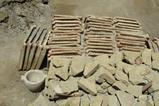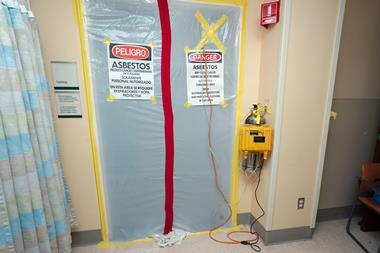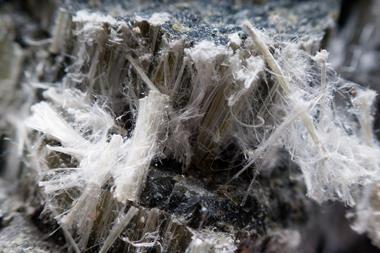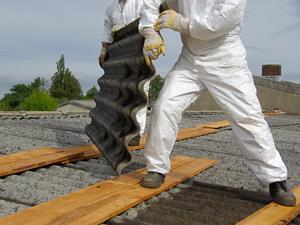Chrysotile will not be added to Rotterdam Convention’s list of hazardous substances
Agreement could not be reached last week in Geneva to list chrysotile or white asbestos as a hazardous substance under the Rotterdam Convention. This was despite a recommendation from its own scientific committee. The decision requires unanimity and a handful of countries blocked the listing during the eighth meeting of the Conference of the Parties to the Rotterdam Convention (COP-8).
This is the tyranny of the minority
Arthur Frank, Drexel University
‘This is a catastrophe. I didn’t expect this decision,’ says Thomas Kraus, specialist in occupational medicine at Aachen University in Germany, who has advised the World Health Organization (WHO) on this topic. ‘All types of asbestos are harmful to people and all types are carcinogenic. This is a ridiculous decision.’ The WHO states that exposure to chrysotile fibres causes cancer of the lung, larynx and ovary; the lung cancer mesothelioma; and asbestosis. Its position is clear: chryosotile should be banned worldwide.
Russia, Kazakhstan, Kyrgyzstan, Zimbabwe, India and Syria all blocked listing of chrysotile as a hazardous substance. Listing can be blocked by a single convention signatory. Asbestos campaigners say the decision discredits the entire Rotterdam Convention.
The Chemical Review Committee of Rotterdam first recommended listing of chrysotile asbestos in 2006. The committee is made up of 31 government-designated experts from around the world. Listing under annex III of the convention means prior informed consent is required from an importing country before it can receive it.

‘It is absolutely disgusting that a small number of countries that pedal death and disease to the rest of the world can block over 190 countries wanting to – not ban a product – but label it for what it is: an extremely toxic and dangerous, cancer-causing agent,’ says Arthur Frank, a public health scientist at Drexel University, US, who has given expert testimony in hundreds of asbestos lawsuits in the US. ‘This is the tyranny of the minority.’
The International Chrysotile Association welcomed the decision. It argues that chrysotile is less dusty and is more easily eliminated from the human body than other types of asbestos. Frank counters that chrysotile asbestos may leave the lungs quicker than other types, but that doesn’t mean it leaves the body. The overwhelming majority of health experts view chrysotile asbestos as dangerous.
Twelve African countries put forward a motion to have the rules for Rotterdam altered so that a three-quarters majority was enough. Discussions will now continue, though changes would have to be ratified by signatory countries. At past conventions, asbestos exporters stymied the listing. Russia and Kazakhstan are major exporters of asbestos, accounting for as much as 70% of global production.
A 2016 study estimated that 180,000 deaths occur each year from asbestos-related diseases.1 Once exposed to asbestos, fibres can stay in the body and disease may not manifest for between 20 and 40 years.
‘In Germany there are about 2000 deaths per year caused by asbestos-related cancer and we banned asbestos in 1993,’ says Kraus. ‘In Germany employers are obliged to register exposed persons. But in India, Pakistan and Russia, no such registers exist. I am convinced that this leads to severe under reporting [of deaths].’
The next meeting of Rotterdam Convention signatories will take place in 2019.
References
1 M H Forouzanfar et al, The Lancet, 2015, 386, 2287 (DOI: 10.1016/S0140-6736(15)00128-2)
















No comments yet